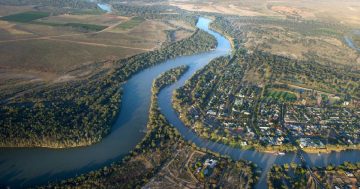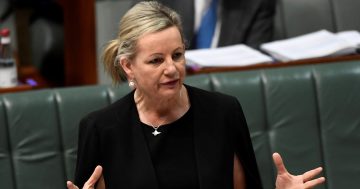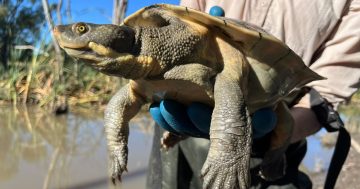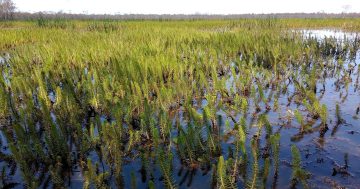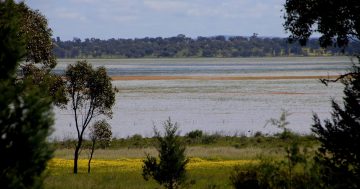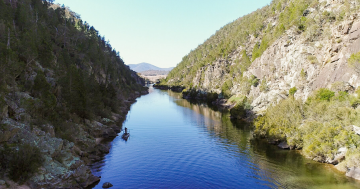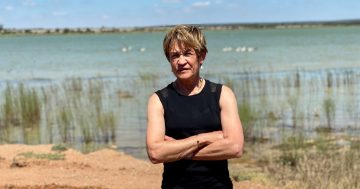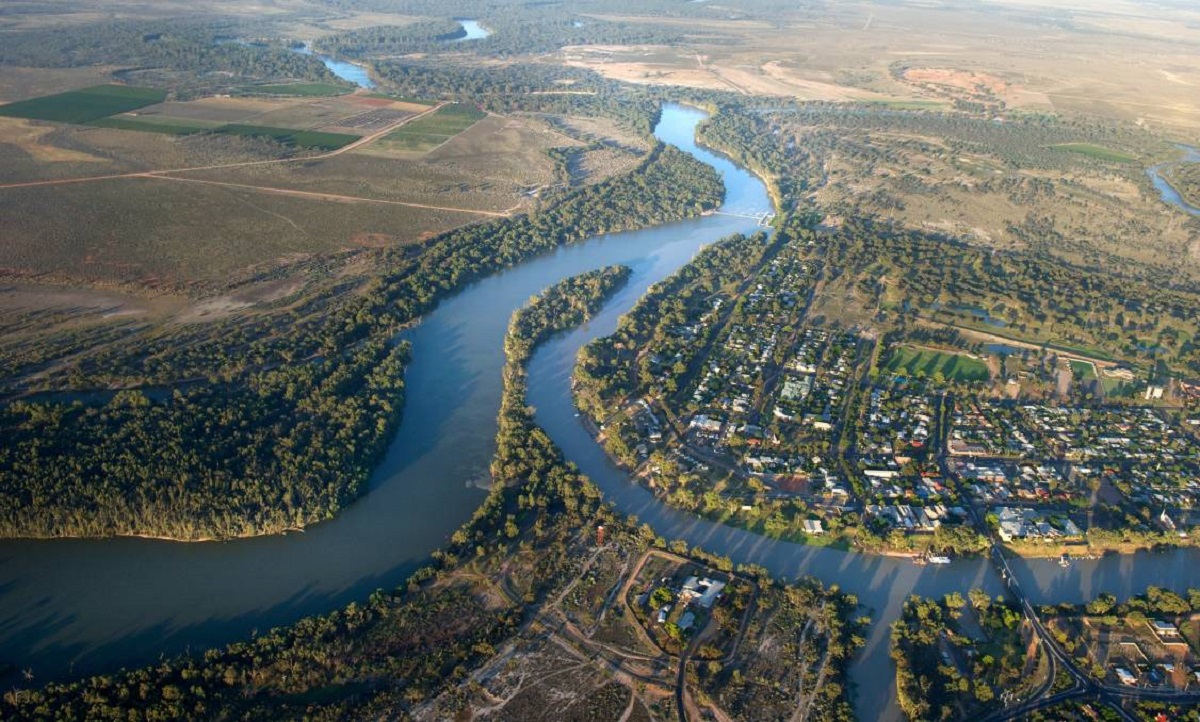
While agriculture production in the Murray-Darling Basin is rising, native fish populations are declining. Photo: Murray-Darling Basin Plan.
A recent audit of our river system by the Murray-Darling Basin Authority (MDBA) found that while irrigated agriculture was prospering across the basin, the same could not be said for river health and the fish population.
According to the MDBA, agricultural production grew by 26 per cent since 2012-13 and around $5 billion was invested in irrigation efficiency. However, waterbird numbers across eastern Australia fell by 90 per cent over the past decade and no adult Murray cod were detected in a recent comprehensive survey of the lower Darling-Baaka River.
Murray-Darling Conservation Alliance (MDCA) National Director Craig Wilkins called this a symptom of “systematic decline”.
“Without a radical shift in political will and investment, the next audit might read like an obituary,” Mr Wilkins said.
“This audit indicates we are at best winning slowly. But in the face of a changing climate across the basin on top of poor health, to win slowly is the same as losing.
“Waterbirds are the canaries in the coal mine. Their disappearance tells us that wetlands aren’t functioning. Without thriving wetlands as a food source, the birds don’t nest and breed.”
Rivers that “sustain life across southeastern Australia” are at risk of collapsing if no action is taken to recover more water, warned the MDCA.
“The good news is that environmental water works,” Mr Wilkins said.
“When floodplains get water, ecosystems respond. Fish spawn, birds breed, trees regenerate. But the current scale of water recovery is nowhere near enough.
“The basin’s agricultural economy is doing OK. But freshwater ecosystems aren’t. It’s time to stop exaggerating impacts of water recovery and start focusing on solutions.”
Mr Wilkins has called for more water and action to be taken to recover more water.
“Right now, water for the environment is trapped in the channel because of political and physical constraint,” he said.
“Constraints relaxation, allowing the river to swell over its banks and letting it flow isn’t an optional extra, it’s the only way to keep the wider floodplain alive.”
First Nations communities currently hold less than one per cent of water entitlements in the northern and southern basin.
“Water justice must be central to a renewed basin plan,” Mr Wilkins said.
“Water justice must mean resourcing First Nations to make decisions about water in their Country – whether that’s through applying United Nations standards for the rights of Indigenous peoples, funding restoration works and or supporting the purchase of water for cultural flows.”
Mr Wilkins said these reports should be treated as a turning point.
“They show the basin plan is working – but not fast enough and not at the scale needed,” he said.
“If we want living rivers, healthy communities and water justice, we can’t afford to repeat the last 10 years.”







